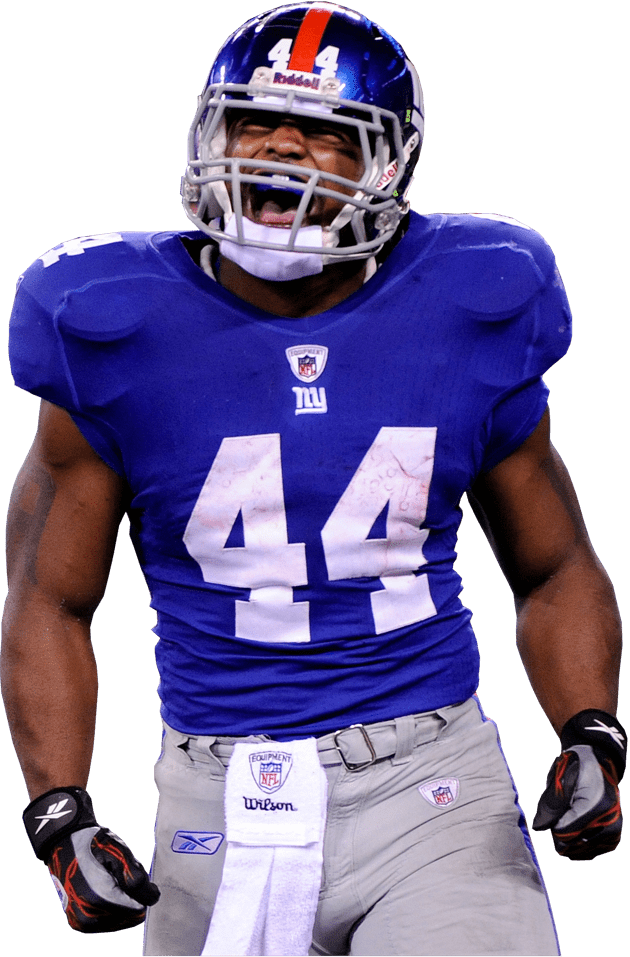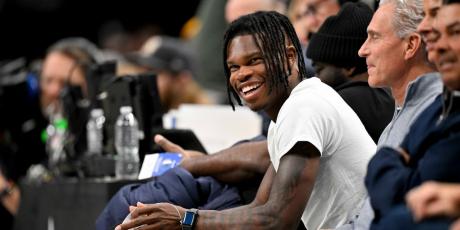2022 Zurich Classic Betting Preview

The PGA Tour heads down to Bayou Country just southwest of New Orleans for a unique team event at TPC Louisiana known as the Zurich Classic. With its origins 84 years ago, the tournament was a regular, stroke-play PGA event until 2017 when it became a two-man team event. With 80 teams in the field, one player from each team is initially chosen via the Tour priority rankings. That player can choose any partner who is also a PGA Tour member.
The teams will play “best ball” format during the first and third rounds while the second and fourth rounds will be “alternate shot” format. The top 33 teams (and ties) will make it through the cut-line after Friday’s round.
The winners earn 400 FedEx Cup points and two-year exemptions, but no world ranking points are awarded, which takes away some pressure to make the cut.
It’s definitely a unique competition and a way for players to relax a bit after some strenuous past events such as the Masters, and before others like the upcoming PGA Championship. The New Orleans food and culture also add to the “pull” of this event and why so many high-ranked players are in attendance every year. The tournament this year appears to be no different as world-class players are teaming up—Collin Morikawa and Viktor Hovland, Patrick Cantlay and Xander Schauffele, Scottie Scheffler and Ryan Palmer, Shane Lowry and Ian Poulter, and defending champions Cameron Smith and Marc Leishman will all be in attendance.

TPC Louisiana Overview
Located just south of the Mississippi River in the New Orleans suburb of Avondale, TPC Louisiana is a par-72 course that stretches out to 7,425 yards. While the Zurich Classic has been a part of the PGA Tour’s annual rotation since 1958, TPC Louisiana became its current host in 2005. When it was a singles event up through 2016, past winners included Brian Stuard, Justin Rose, Billy Horschel, and Bubba Watson. Last year, the Australian duo of Marc Leishman and Cameron Smith won in a playoff over Louis Oosthuizen and Charl Schwartzel.
Opened in 2004, the course was designed by world-famous architect Pete Dye in consultation with former players Steve Elkington and Kelly Gibson. Built on a 250-acre tract of drained cypress swampland, it is a flat course with a base of pumped river sand. Dye re-imagined this wetland environment with trees, lakes, mounds, and strategically-placed waste areas. With 106 bunkers and eight holes with water in play, there are plenty of danger areas for players to be wary of. Cypress and pine trees fill the course, giving it a scenic feel.
Fairways and rough are bermudagrass while the greens are TifEagle bermuda overseeded with Poa Trivialis. Greens are smaller than average at 5,225 square feet and run at an average of 12 on the stimpmeter. The rough is average length at two inches.
With strokes gained or other data not used for the team event, we will have to go back to 2016 and before to get a better picture of how this course plays. As is typical, Dye created a “thinking man’s course” that demands precision around the water hazards and bunkers. Many holes, such as the par-4 16th present a risk/reward option. It challenges players on how much they are willing to risk to have a better scoring opportunity. It’s a very scoreable course as evidenced by Justin Rose winning in 2015 at 22-under, along with each of the four winning pairs reaching 20-under or better.
While the course is average in length, players will take less-than-driver off the tee on some holes to avoid many of the hazards. However, big hitters like Bubba Watson use distance to their advantage by attacking the par-5s. Each par-5 rates as great birdie opportunities with at least three of them easily reachable in two shots. There are also five par-4s that measure less than 403 yards, including the driveable 16th.
Statistically, off-the-tee seems not to matter as much here. Fairways are quite wide and accessible, and the rough is non-penal. The average driving distance ranking for the first 11 winners here at TPC Louisiana was only 32nd, while for driving accuracy it was 38th.
Before the format change to the team event, strokes gained approach and greens in regulation were important for success here as seven of the 11 winners ranked inside the top 10 for GIR%. Six of the last seven winners before 2017 ranked inside the top 10 for putting average, and each of the last four all gained at least 4.2 strokes putting. When Rose won he also ranked first in putting average for the week. In typical Pete Dye fashion, the greens are tiered and sloping, putting a premium on a precise approach game. The importance of this aspect will be multiplied during the best ball format in the first and third rounds as each team will have two approach chances into each green.
To summarize, SG: Approach, putting, par-5 scoring, and driving distance, along with the always important birdie or better % in a team event appear to be the most important stats to target this week.
Team Selection

- Betting, DFS & Season-Long Content
- NFL & NBA Player Prop Tool
- Sides, Totals, Props & More
- Premium Betting Tools & Reports
- All Major Sports Included
- ...and much much more!














